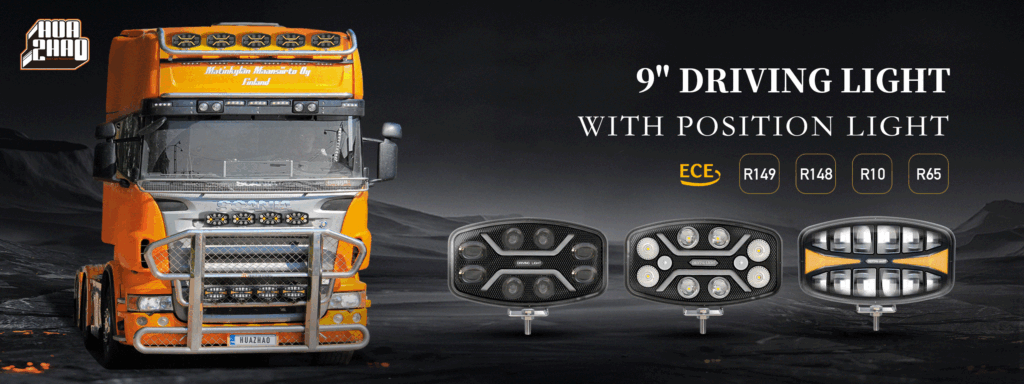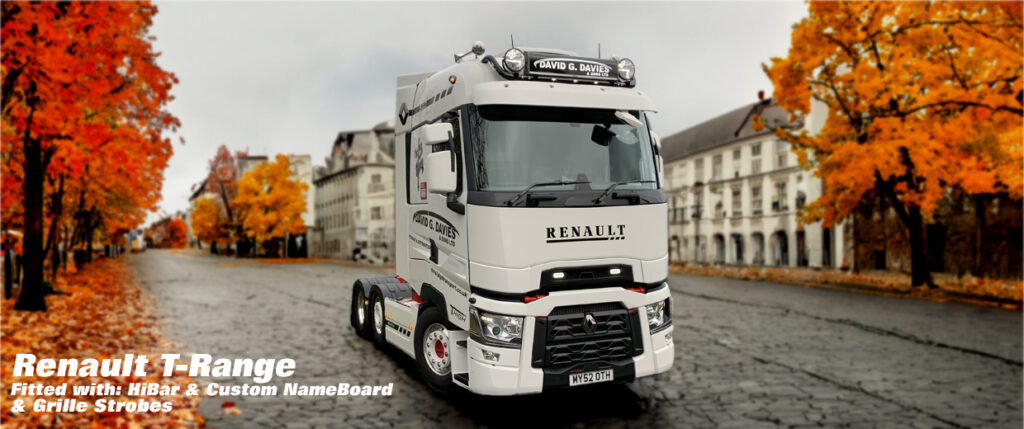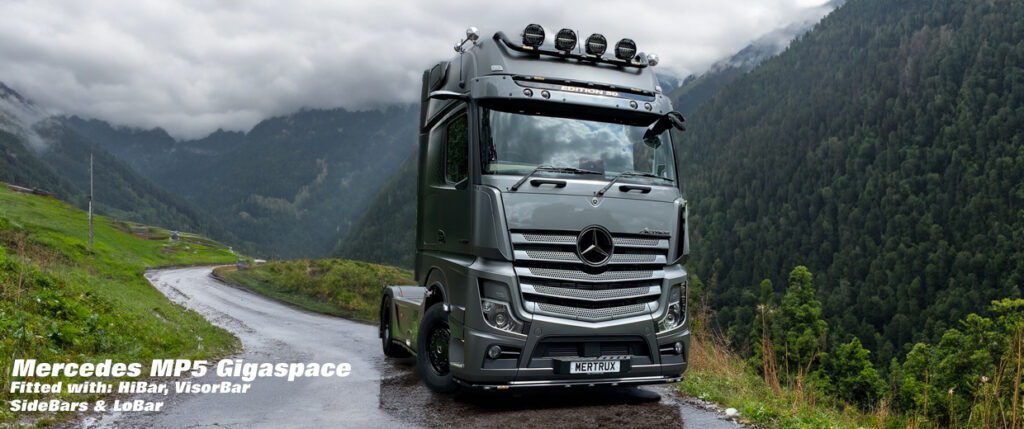
WHAT ARE DRIVING LIGHTS?
Driving lights are additional lights mounted on a vehicle to provide illumination beyond standard headlights.
Driving lights can serve various purposes, such as improving visibility in low-light conditions, increasing the range of the vehicle´s headlights, and providing additional lighting for off-road driving.
LED DRIVING LIGHTS FOR CARS, TRUCKS, AND OTHER VEHICLES
Strands Lighting Division offers a wide range of LED driving lights that are reasonably priced and suitable for cars, trailers, trucks, work vehicles, and other vehicles. Strands provide the latest technology, design, sizes, and shapes, including round, rectangular, or oval. Strands Lighting Division delivers everything from driving lights with dual position lights in white and amber and plow driving lights with built-in heated lenses to innovative updates of classic driving lights.
DO I NEED DRIVING LIGHTS?
In many countries, driving lights are not required by law. Still, they can be helpful to any vehicle, especially for drivers who frequently drive in low-light or inclement weather conditions. They can help improve visibility, reduce glare from oncoming traffic, and enhance overall safety on the road. However, it is important to use them responsibly and avoid blinding other drivers or pedestrians with excessive glare.
STYLISH AND PRACTICAL LED DRIVING LIGHTS FOR CARS
We offers LED driving lights for trucks and cars which improves the driver’s visibility when driving in the dark or during bad weather. It also improves the appearance of your car. An LED driving light is mounted on the front of the car and comes in different size and shapes. The most popular driving lights today are LED driving lights thanks to their durability, price and energy efficiency.
POWERFUL DRIVING LIGHTS FOR TRUCKS
Experience our powerful driving lights for optimal visibility in the dark. At Strands Lighting Division we have a wide range of LED driving lights which fit both cars and trucks. No matter which driving light you choose, you’re always guaranteed a warranty that extends for at least three years.
WHAT DO I NEED IN ORDER TO MOUNT A DRIVING LIGHT?
They are typically mounted on the front of the vehicle, bumper, grill, or roof.
We offer all the accessories you need to mount your various driving lights. Driving light holders are available for those with two or three driving lights. The holder is placed behind the license plate. Wiring kits are connected from the lamps to the battery to get control current so that the driving lights are activated together with the high beam.
Top struts are available for two or three driving lights. The struts prevent the lights from changing position during vibrations. The universal frame fulfills the same function as the driving light holder but becomes more attractive when the driving light is mounted on an aluminum frame. We also offer complete driving light kits with everything that is needed for a complete installation.
If you are not confident about installing, it is best to seek help from a professional mechanic. But here are some general steps you can follow:
CHOOSE THE LOCATION:
Identify the ideal location where you want to mount your driving lights. It should be a place that provides the best possible visibility without obstructing other drivers’ views.
INSTALL THE BRACKETS:
Depending on the type of lights, you may need to install brackets to attach the lights to the vehicle. Most driving lights come with brackets, so follow the instructions to install them in the correct position.
CONNECT THE WIRING:
Next, you will need to connect the wiring of the driving lights to your vehicle´s battery. Before starting, ensure that the lights are compatible with your vehicle’s electrical system and that you have the necessary tools to complete the installation.
ADJUST THE ANGLE:
After mounting the lights, you may need to adjust the angle to aim the lights correctly. Make sure the lights are pointing in the right direction for optimal visibility.
TEST THE LIGHTS:
Once you have mounted and aimed the driving lights, test them to ensure they work correctly.
WHAT ARE THE DIFFERENT TYPES OF LIGHTS?
There are several types of driving lights available for use in vehicles. When choosing a driving light, it is essential to consider factors such as the intended use of the lights, the cost, and any legal restrictions or regulations in your country. Driving lights can, for example, be powered by LED, halogen, or HID lights.
LED DRIVING LIGHTS:
LED (Light Emitting Diode) driving lights are auxiliary lighting systems commonly used on vehicles to improve visibility while driving. LED driving lights are highly efficient and long-lasting, making them an attractive option for drivers who want high-performance lighting without frequent bulb replacements. One of the key advantages of LED driving lights is their energy efficiency. They use significantly less power to produce the same amount of illumination as traditional halogen or HID lights.
LED driving lights are also highly durable and resistant to vibration and shock. This makes them ideal for use in off-road or other challenging driving conditions where the vehicle may be subjected to rough terrain or other hazards. LED driving lights are also highly resistant to environmental conditions, making them well-suited for rainy, snowy, or dusty weather.
LED driving lights are designed in various shapes and sizes, making it easy to customize and meet the driver’s specific needs. LED driving lights are also highly attractive because of the colors and patterns, making it easy to create a unique, modern, and eye-catching look on the vehicle.


How to choose the off-road lights/ led work lights for your vehicles .
Are you just confused on the enormous amount of options and the huge variety of off-road lights/ led work lights that are offered on the market today? Well, if so, you’re not alone. Picking the perfect light for your application is tough, here are some tips to selecting lights that will work best for you.
Tip 1 : Lumens, lux, and candela should all be used in conjunction to assess the performance and luminous efficacy of lighting products.
Lumens is best described as a base metric that we use to indicate the total potential amount of light from a light source. This potential light emitted is subject to various factors like electrical efficiency and optical efficiency, meaning that raw potential doesn’t always equate to real-world, usable light output. It is up to the light manufacturer to best harness and control that light potential. Specially when looking at LED lights, many specify raw lumen ratings. This is simply the theoretical maximum potential, which comes from the rating of each individual LED chip being multiplied by the total number of chips. The actual measured output or effective lumens of the light may be much less than the raw lumen count given. It’s for this reason that we place more emphasis on measuring effective light output using lux and candela.
Lux and Candela are more practical ways to measure the performance of lights. Lux and candela help us measure the strength, intensity and volume of light at a fixed specific distance. Typically Lux is the measured light intensity onto a surface area of one square meter at a fixed distance of 10 meters. Candela is the total volume of light within a certain beam angle and direction. Lumens, lux, and candela should all be used in conjunction to assess the performance and luminous efficacy of lighting products.
Tip 2 : The best beam pattern and what are their differences?
Picking a beam pattern is very subjective, and it often boils down to what your use will be. For that reason, the best beam pattern for you might be vastly different than the ideal beam pattern for someone else. In general, you are aiming for the most balanced, overall lighting configuration, which is a blend of some of these beam patterns. You wouldn’t want only spot pattern lights on your vehicle as you wouldn’t have great short range and peripheral illumination, conversely you also don’t want only food beams because then you wouldn’t see objects you’re approaching that are farther away at longer distances. Here’s an explanation to some of the most common beam patterns and what their best uses are for .
SPOT BEAM:
A narrow, focused beam pattern that produces a long, narrow light. Spot beams are ideal for long-range illumination and can reach far ahead of the vehicle.

FLOOD BEAM:
A wide beam pattern provides a broader light spread. Flood beams illuminate wider areas, such as the sides of a road or trail.

COMBO BEAM:
A combination of both spot and flood beam patterns. Combo beams provide the best of both worlds and are ideal for off-road and extreme terrain driving.

Tip 3 : A combination of amber lights and white lights is best
In some conditions, and amber light will perform better but in other conditions a white light will perform better. This question really comes down to if you’re ever off-roading in the conditions where an amber light could prove beneficial. Generally speaking, an amber light will excel in dusty, foggy, rainy, or snowy conditions as they appear to cut through airborne particles much better than a more intense, white light does. However, a white light often appears much brighter even if they have the same power output.
Tip 4 : Choose the most suitable size
There are various sizes of LED lights on the market. As long as the installation space and wiring allow, and it does not affect drivers and local traffic regulations, please choose the LED lights of the best size.
